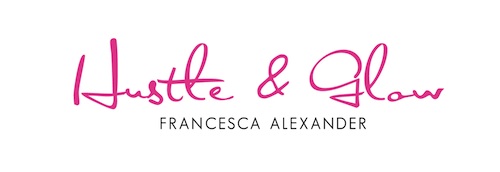
Once you’ve started putting your LinkedIn strategy into practice, you’ll be able to gather a bit more data to inform smarter content decisions and your wider strategy moving forwards. To do this, there are a few data points that you should track to measure success:
Follower demographics
Using the follower section of LinkedIn analytics can help you track whether you are reaching your target audience or not. Sorting your followers by key criteria, which for you could include filters like job function, location, and seniority, and comparing your performance against your original goals will be a good indication of where you are getting with your strategy.
When to post on LinkedIn
You’ll know that knowing the best time to post on social media is a great insight, but it also varies by platform, industry and audience type. For LinkedIn, as it is a professional network, engagement is highest during the workweek with the highest engagement around midday, dropping outside of work hours. . Especially in New Zealand, where work-life balance is stronger than in countries like the States, engagement drops significantly on the weekend. Experiment with different times to see what works for your unique online presence and tweak your social schedule once you have more data. Tools like Later will use AI to help us suggest the best times to post on social media but it does need data to go off first.
Awareness data
If a key part of your business being on social media is awareness raising, look at your impression and reach data. These metrics will help determine whether or not you’re building enough brand recognition to make an impact with your key audiences, whether they are potential hires or investors.
If you’re a little lost in the data and need help translating to optimise your LinkedIn social strategy, reach out to Francesca at the link below to arrange a call.

